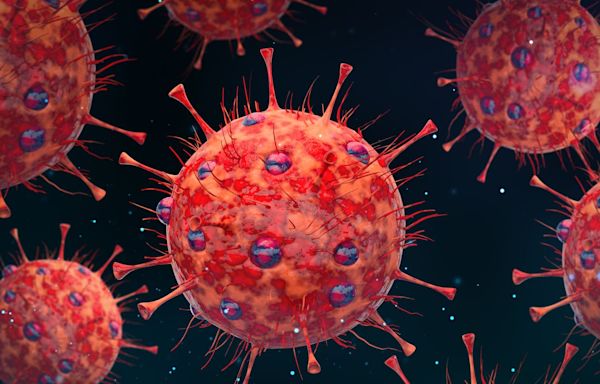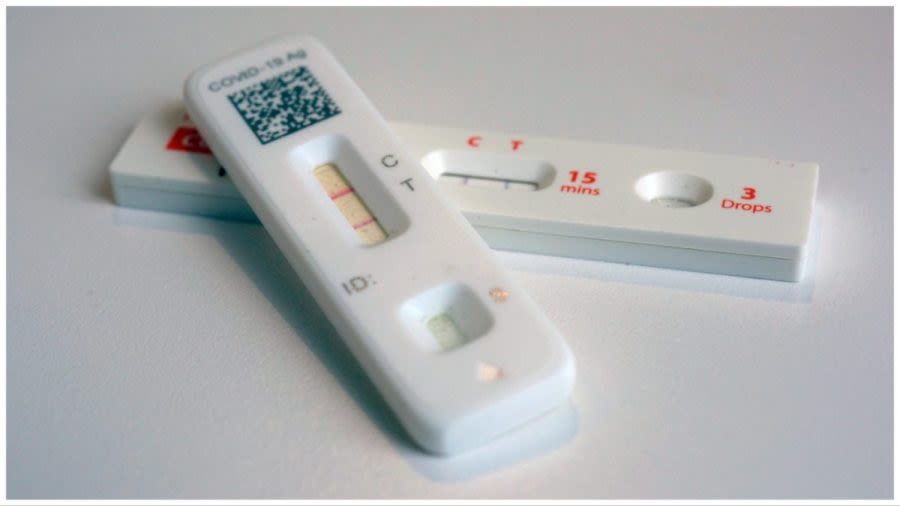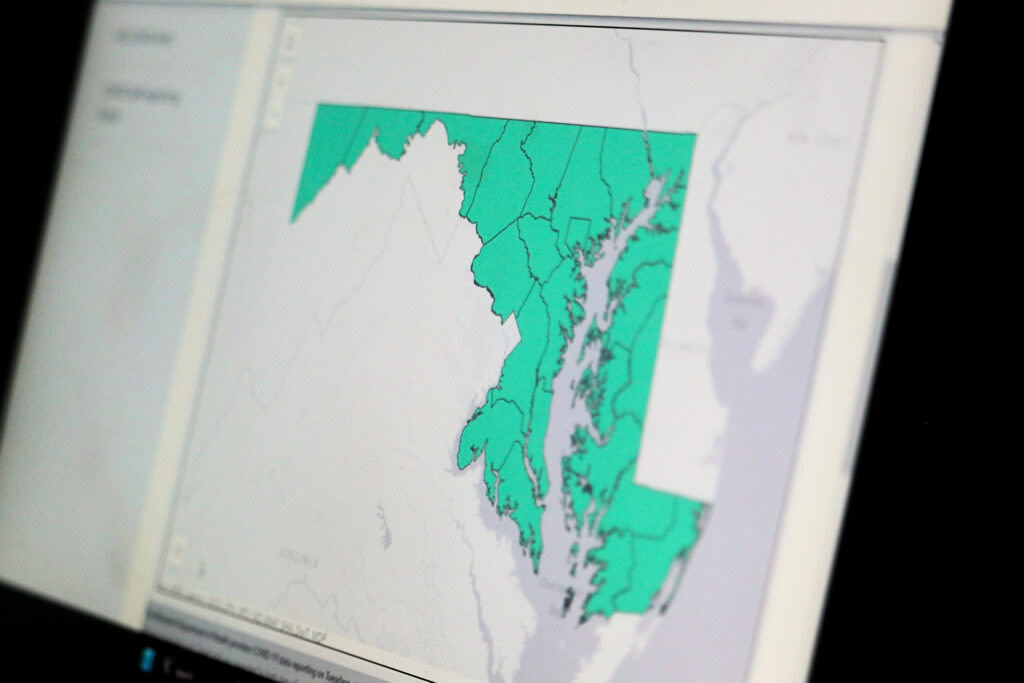Search results
News about COVID-19, William Schaffner (professor), FLiRT
News about FDA, COVID-19, variant
News about COVID-19, COVID, summer surge
Also in the news
Updated Feb. 6, 2023. Print. What You Need to Know. New variants of SARS-CoV-2, the virus that causes COVID-19, will continue to occur. CDC coordinates collaborative partnerships which continue to fuel the largest viral genomic sequencing effort to date. The Omicron variant, which emerged in November 2021, has many lineages.
May 3, 2024 · COVID-19 variants: It is usual for viruses to change and evolve as they spread between people over time. When these changes become significantly different to a previously detected virus, these new virus types are known as “variants.”
Sep 1, 2023 · Since the beginning of the pandemic, we’ve seen a number of prominent variants, including Alpha, Beta, Delta, and Omicron. Although new variants are an expected part of the evolution of viruses, monitoring each one that surfaces is essential in ensuring we—in the U.S. and globally—are prepared.
Variants of severe acute respiratory syndrome coronavirus 2 ( SARS-CoV-2) are viruses that, while similar to the original, have genetic changes that are of enough significance to lead virologists to label them separately. SARS-CoV-2 is the virus that causes coronavirus disease 2019 (COVID-19).
Nov 4, 2023 · The main variant in the United States is omicron. This variant spreads more easily than the original virus that causes COVID-19 and the delta variant. But omicron seems to cause less severe disease. Omicron has a few major offshoots, also called sublineages. Together the omicron variants make up nearly all COVID-19 infections in the United States.
May 14, 2024 · Currently circulating variants of concern (VOCs) as of 15 March 2023. Note: To better reflect the current variant landscape, which is dominated by Omicron descendent lineages, WHO updated its tracking system and working definitions of VOCs and VOIs on 15 March 2023. 4 October 2023.
5 days ago · A COVID-19 antigen rapid test. A new variant of COVID-19, known as FLiRT, is now the most dominant strain in the U.S. This variant, which evolved from the omicron strain, is characterized by changes in its spike protein — the part of the virus that binds to host cells.





